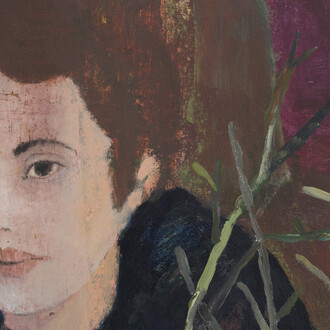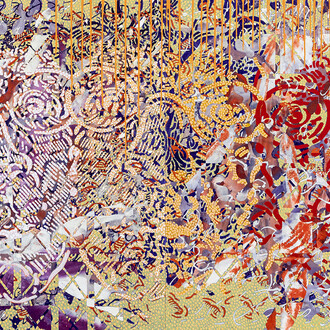A leading figure in optical art (Op Art), Bridget Riley, born in London in 1931, saw her career transformed by an encounter with the work of post-impressionist master Georges Seurat. At the Musée d'Orsay, an exhibition of the great British painter's hypnotic works highlights this legacy.
For more than sixty-five years, the British contemporary painter Bridget Riley has produced vibrant visual artworks that disrupt our perception thanks to the precise placement of colours, lines and tones, which engage the retina and create an illusion of movement.
The exhibition Bridget Riley: point de départ explores how Bridget Riley’s study of Georges Seurat’s work served as a defining moment in the development of her artistic process. Acting both as a beginning and as a deviation, the “starting point” refers to the moment in 1959, when Riley copied Seurat’s Bridge at Courbevoie from a reproduction in a book presented here. This act taught her how to place colours next to each other to create vibration in her work through optical effects, a principle that has continued to inform her practice right up to the present day.
Recognised as one of the major artists of our time, often associated with the “op art” (optical art) movement, this recontextualisation of her work through the prism of the tribute paid to Seurat, presents her primarily as a vibrant Post-Impressionist painter of our age.
















